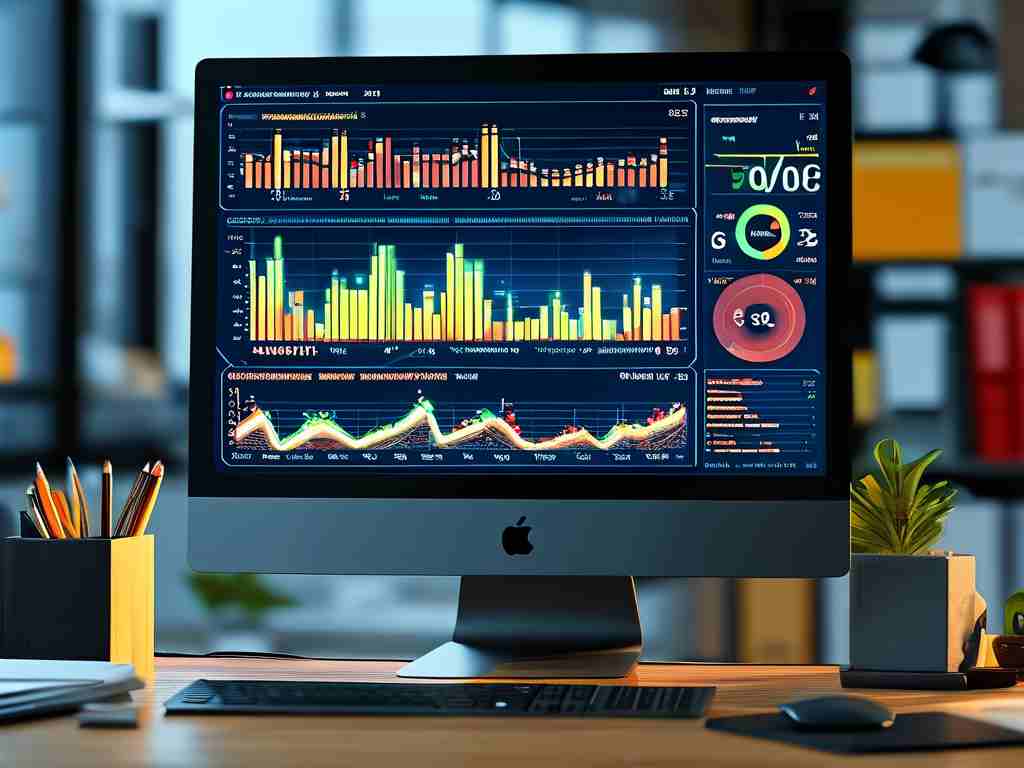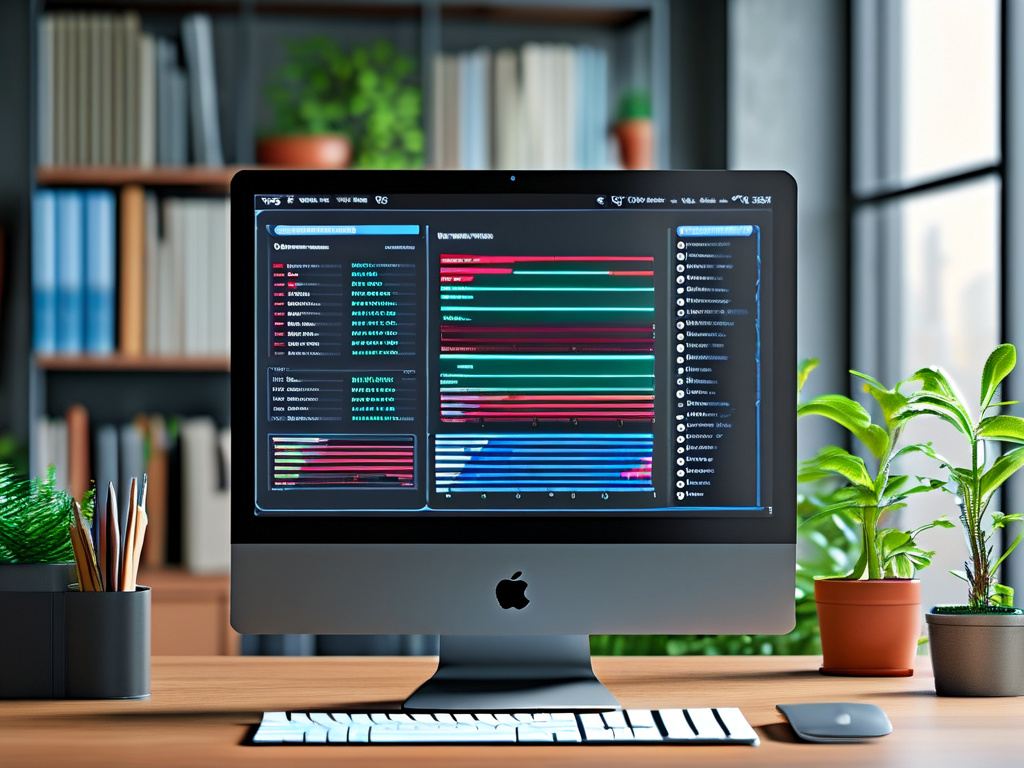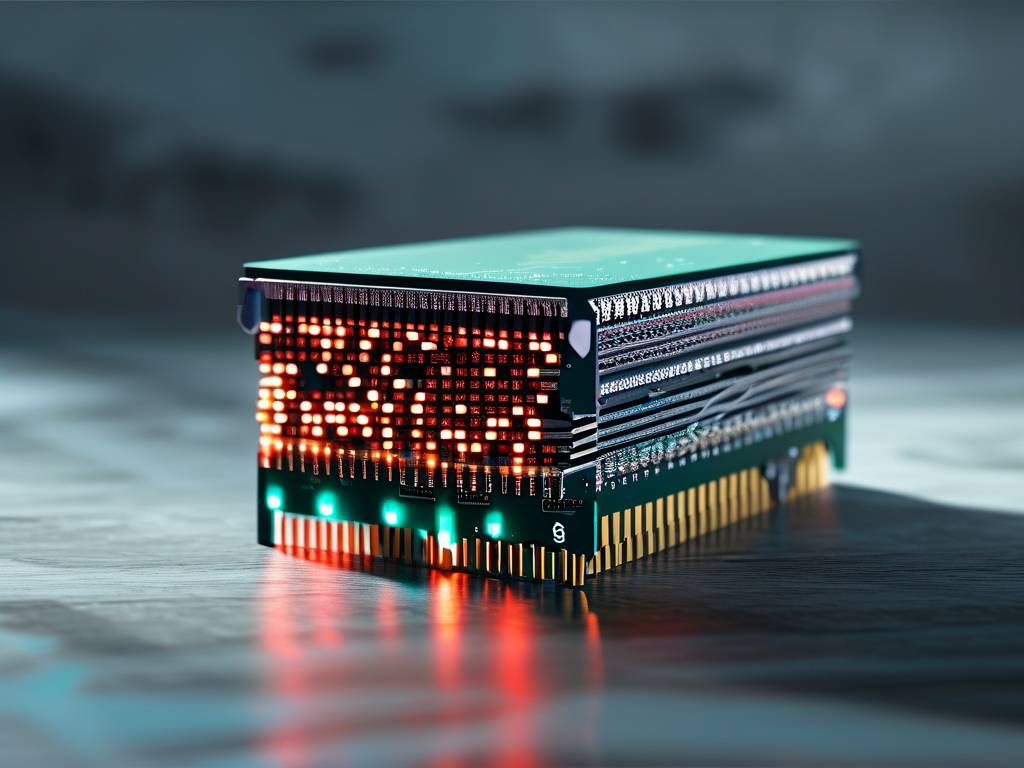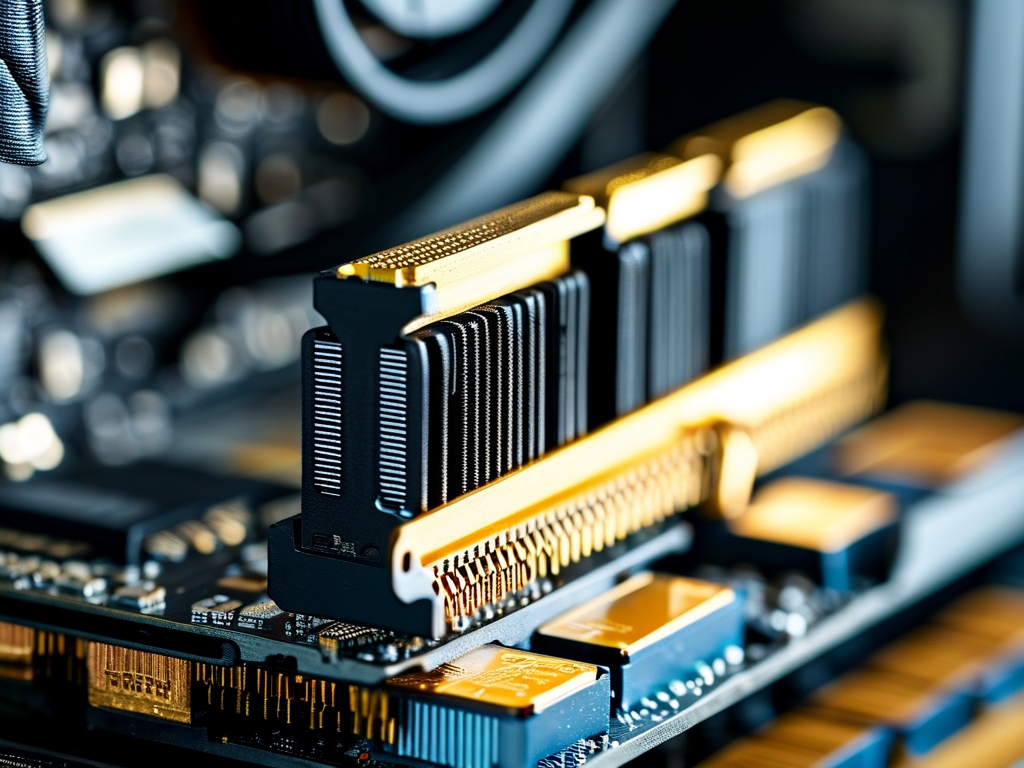Memory monitoring is a critical aspect of system performance optimization, especially in applications requiring high reliability, such as cloud computing, real-time data processing, and enterprise software. One recurring question among developers and system administrators is: How is memory monitoring duration calculated? This article explores the methodologies, tools, and best practices for determining the optimal duration for memory monitoring, ensuring efficient resource management and proactive issue resolution.

Why Memory Monitoring Duration Matters
Memory monitoring duration refers to the time interval during which memory usage data is collected, analyzed, and stored. Calculating this duration involves balancing multiple factors:
- System Complexity: Applications with dynamic memory allocation (e.g., microservices) require shorter intervals to capture rapid fluctuations.
- Performance Overhead: Frequent monitoring introduces computational costs, which must be minimized.
- Problem Detection: Longer durations may miss short-lived memory leaks, while overly short intervals generate noise.
Key Factors in Calculating Monitoring Duration
1. Application Type and Workload
- Stateless Applications: Short monitoring intervals (e.g., 1–5 seconds) suit stateless systems with volatile memory usage.
- Stateful Systems: Databases or caching services benefit from longer intervals (e.g., 30–60 seconds) to track trends.
2. Monitoring Granularity
Granularity determines how detailed the data is. For example:
- High Granularity: 1-second intervals provide precise insights but require significant storage.
- Low Granularity: 5-minute intervals reduce overhead but may obscure transient issues.
3. Data Retention Policies
Retention periods (e.g., 7 days vs. 30 days) influence how much historical data is available for analysis. Longer retention requires optimized storage strategies.
4. Resource Constraints
Memory-constrained environments (e.g., IoT devices) demand lightweight monitoring tools with adjustable durations to avoid resource exhaustion.
Step-by-Step Calculation Methodology
To calculate memory monitoring duration, follow these steps:
Step 1: Define Monitoring Objectives
- Identify goals: Detect leaks? Optimize allocation? Ensure compliance?
- Example: A gaming app might prioritize detecting spikes during peak usage.
Step 2: Analyze Memory Usage Patterns
- Use profiling tools (e.g., Valgrind, Java VisualVM) to collect baseline data.
- Identify patterns: Stable, cyclical, or erratic usage?
Step 3: Determine Required Resolution
- Calculate the minimum interval needed to capture critical events.
- Formula: ( \text{Interval} = \frac{\text{Event Duration}}{10} ) (Nyquist-Shannon principle).
Step 4: Adjust for Overhead
- Estimate monitoring tool CPU/memory consumption.
- Example: If a tool uses 2% CPU per 1-second interval, reduce frequency to 5 seconds to limit overhead to 0.4%.
Step 5: Validate with Testing
- Run stress tests to verify detection accuracy.
- Iteratively refine intervals based on false-positive/false-negative rates.
Tools for Memory Monitoring Duration Optimization
- Prometheus + Grafana: Configurable scraping intervals and long-term storage.
- Nagios: Customizable check intervals for enterprise environments.
- Custom Scripts: Python/Shell scripts with adjustable sleep intervals.
Case Study: E-Commerce Platform Optimization
A retail company experienced intermittent crashes during flash sales. By analyzing memory usage, they identified 10-second spikes caused by cart updates. They adjusted their monitoring interval from 60 seconds to 5 seconds, enabling early detection of leaks. Post-optimization, crashes decreased by 70%.
Common Pitfalls to Avoid
- Over-Monitoring: Excessive intervals degrade performance.
- Under-Sampling: Missing critical events leads to undetected failures.
- Static Durations: Failing to adapt to workload changes.
Future Trends: AI-Driven Adaptive Monitoring
Emerging AI tools (e.g., Google’s Monarch) use machine learning to dynamically adjust monitoring intervals based on real-time patterns, reducing manual configuration.
Calculating memory monitoring duration is a nuanced process requiring a balance of precision, overhead, and use-case specificity. By following structured methodologies and leveraging modern tools, teams can ensure robust system performance while minimizing resource costs. As applications grow in complexity, adaptive monitoring strategies will become indispensable.









